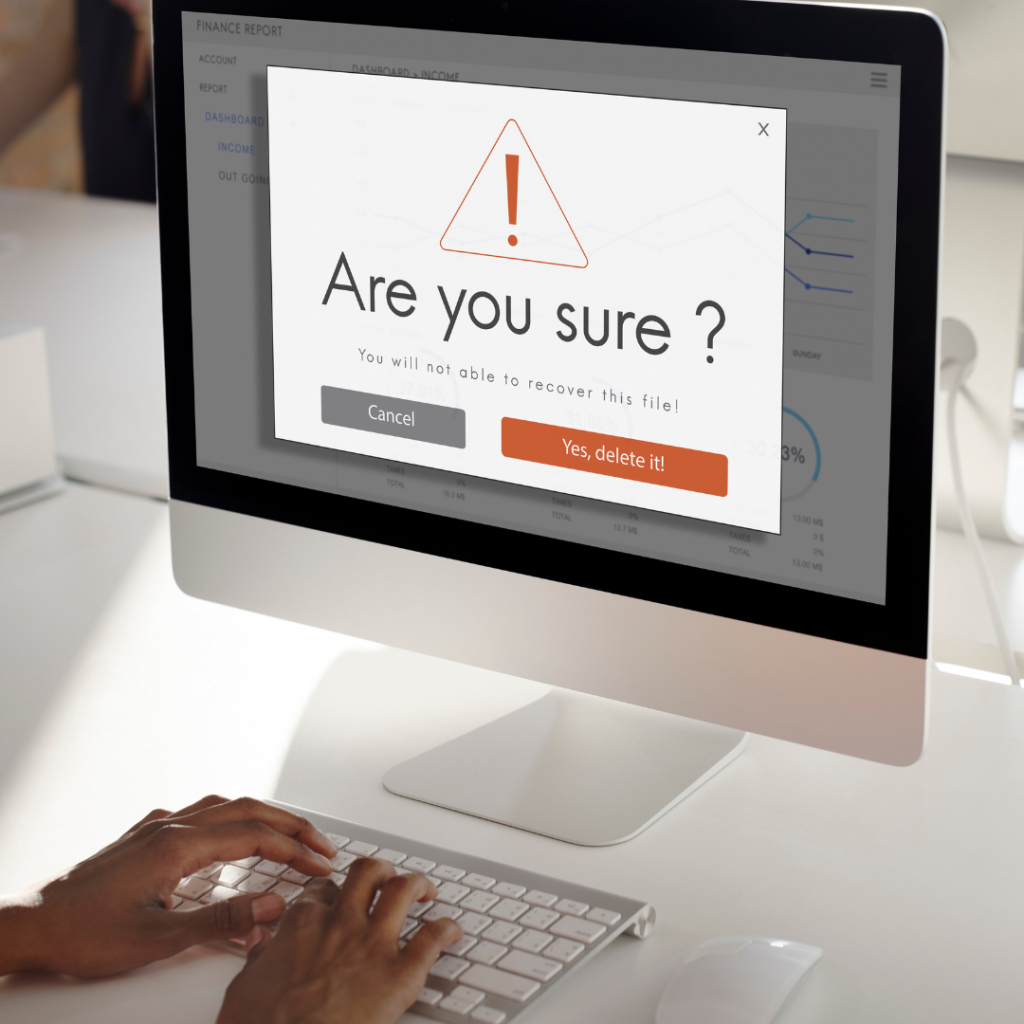In the digital age, email has become an indispensable tool for personal and professional communication. However, this medium is also exploited by cybercriminals through phishing. Phishing is a fraudulent method where attackers send fake emails posing as legitimate entities to deceive recipients and obtain sensitive information such as passwords, banking details, or personal information.
Here are some key signs to identify fake emails:
- Suspicious Sender: Verify the sender’s email address. Legitimate emails come from official domains (e.g., @company.com). Be cautious of senders using addresses similar to official ones but with slight variations.
- Generic Greeting: Legitimate emails usually address you by name. Fake ones use generic greetings like “Hello user.”
- Grammatical and Spelling Errors: Fake emails often contain grammatical and spelling mistakes.
- Suspicious Links: Check (without clicking) the URL where the link redirects. If the address looks suspicious or does not match the official one, do not click on it.
- Requests for Personal Information: Legitimate companies will never ask for confidential information such as passwords, credit card numbers, or social security numbers via email.
- Urgency or Threats: Fake emails often create a sense of urgency or threat, stating that the account will be suspended if immediate action is not taken.
- Unexpected Attachments: Do not open attachments from unknown or unexpected senders. These may contain malware or viruses.
- Inconsistencies in Format: Fake emails may have distorted logos, incorrect colors, or a generally unprofessional format.
Fake emails can appear surprisingly convincing, making them a significant threat to online security. It is crucial to learn to recognize the signs of a phishing attempt to protect against potential fraud and keep personal and financial information safe.
Aligned with the highest security standards, INSSIDE Cybersecurity has been providing user support and advice for over 17 years. For more information, click here.

